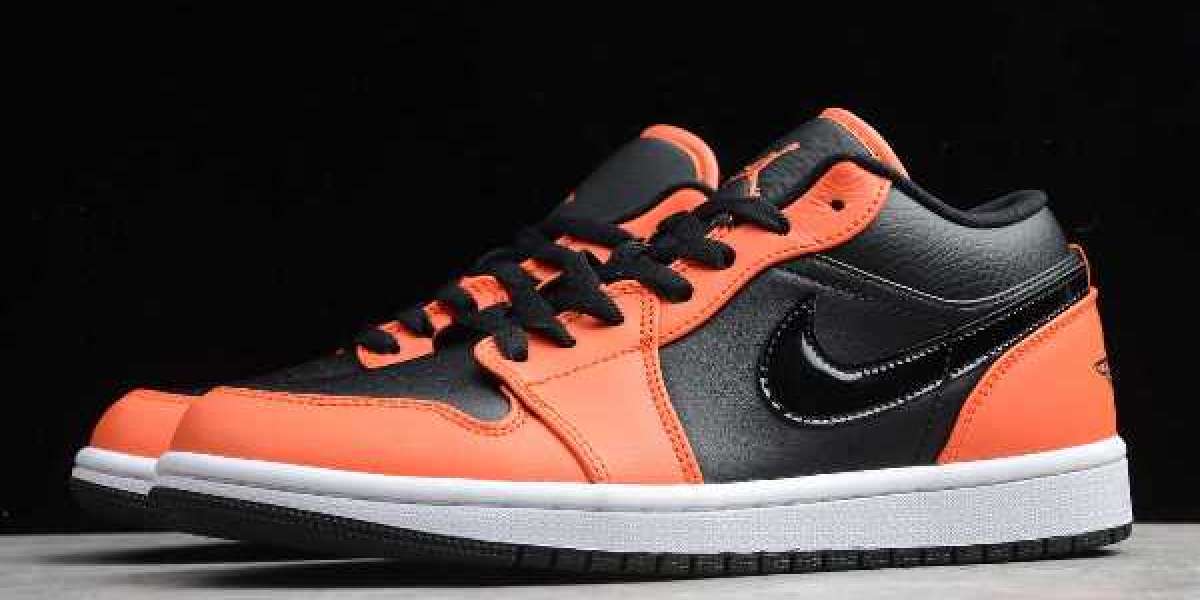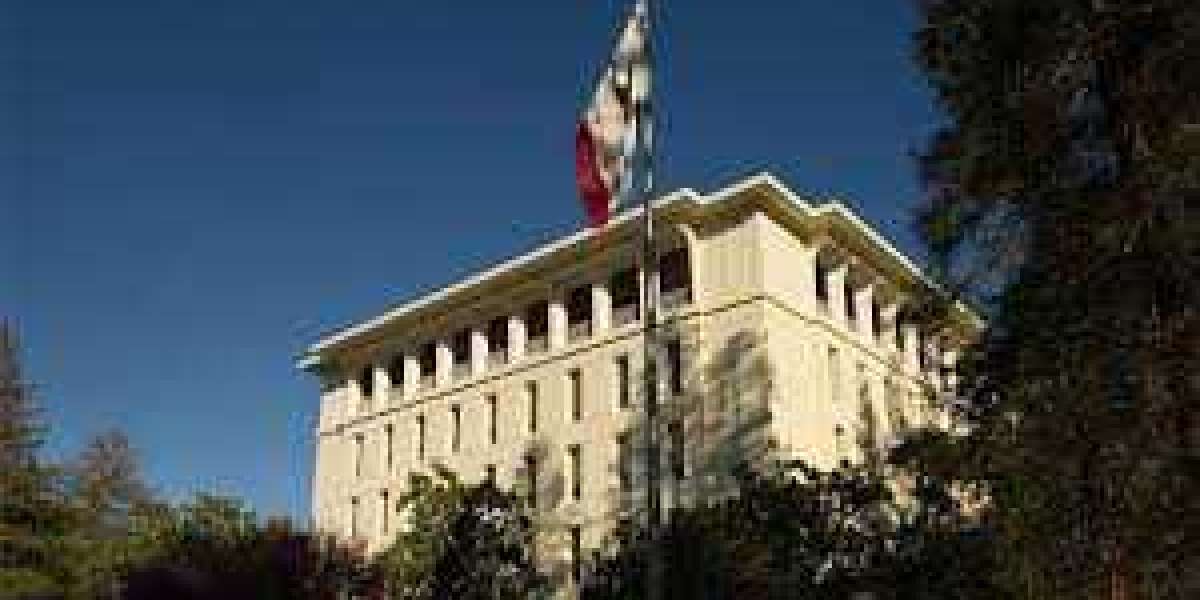Unmanned aerial vehicles (UAVs), commonly known as drones, have revolutionized various industries, from agriculture and photography to logistics and defense. However, the widespread availability and accessibility of drones have also raised concerns regarding safety, security, and privacy. Incidents involving unauthorized drone flights near airports, critical infrastructure, and public events have highlighted the need for effective countermeasures to mitigate potential risks. In response to these challenges, the counter UAV solutions market has emerged as a critical component of airspace security. This article provides a comprehensive market report on counter UAV solutions, examining key trends, market dynamics, leading players, and future prospects.
Market Overview
According to Stratview Research, the global counter UAV market size was valued at USD 1.18 billion in 2021 and it is projected to reach USD 6.56 billion by 2028, growing at a CAGR of 27.45% during forecast period of 2022-2028.
Market Dynamics:
The counter UAV solutions market is driven by a combination of factors, including:
- Escalating Security Threats: The proliferation of drones has increased security threats, including espionage, smuggling, and terrorist attacks. Governments, law enforcement agencies, and critical infrastructure operators are investing in counter UAV solutions to safeguard against potential threats.
- Technological Advancements: Rapid advancements in sensor technology, artificial intelligence, and data analytics have enhanced the capabilities of counter UAV systems. Advanced sensors, such as radar, electro-optical/infrared (EO/IR), and radiofrequency (RF), enable accurate detection, tracking, and classification of drones.
- Regulatory Environment: Stringent regulations governing the operation of drones and airspace management have fueled the demand for compliant counter UAV solutions. Organizations and government agencies are seeking solutions that meet regulatory requirements and mitigate liability risks.
- Market Competition: The counter UAV solutions market is highly competitive, with a diverse range of players vying for market share. Major defense contractors, technology firms, startups, and government agencies are actively developing and deploying innovative solutions to address evolving threats.
Key Players:
Several key players dominate the counter UAV solutions market, including:
- Defense Contractors: Major defense contractors, such as Lockheed Martin, Raytheon Technologies, and Northrop Grumman, leverage their expertise in defense technologies to develop advanced counter UAV systems for military and government applications.
- Technology Firms: Leading technology firms, including Thales Group, Leonardo S.p.A., and Israel Aerospace Industries, specialize in developing cutting-edge sensors, communication systems, and artificial intelligence algorithms for civilian and military counter UAV applications.
- Startups and SMEs: A growing number of startups and small to medium-sized enterprises (SMEs) are driving innovation in the counter UAV market. These companies offer agile and niche solutions tailored to specific end-user requirements, such as critical infrastructure protection and event security.
- Government Agencies: National defense and security agencies play a crucial role in shaping the counter UAV solutions market through procurement contracts, research partnerships, and regulatory initiatives. These agencies collaborate with industry stakeholders to foster innovation and address emerging threats.
Technological Innovations:
The future of the counter UAV solutions market is shaped by ongoing technological innovations, including:
- Integration of Multiple Sensors: Advanced counter UAV systems integrate a diverse range of sensors to enhance detection accuracy and minimize false alarms. These sensors include radar, EO/IR, acoustic, and RF sensors, providing comprehensive coverage and situational awareness.
- Autonomous Operation: There is a growing emphasis on autonomous or semi-autonomous counter UAV systems capable of operating independently or in conjunction with human operators. These systems leverage artificial intelligence and machine learning algorithms to detect, track, and mitigate drone threats in real-time.
- Directed Energy Weapons (DEWs): Advancements in directed energy technologies, such as high-energy lasers and microwave weapons, offer precision targeting and neutralization of hostile drones. DEWs provide a cost-effective alternative to traditional kinetic weapons and are effective against multiple drones simultaneously.
- Cyber-Physical Integration: Counter UAV solutions are increasingly integrating cyber and physical security measures to detect and mitigate drone threats. These solutions leverage networked sensors, communication jammers, and encryption protocols to ensure comprehensive protection of critical assets and infrastructure.
Conclusion:
The counter UAV solutions market continues to evolve rapidly in response to escalating security threats and technological advancements. Stakeholders across industries must collaborate to develop and deploy robust solutions that safeguard airspace and mitigate potential risks posed by drones. By leveraging the latest advancements in technology, regulation, and collaboration, the counter UAV solutions market can navigate the challenges posed by unmanned aerial vehicles and ensure the safety and security of airspace worldwide.Top of Form



